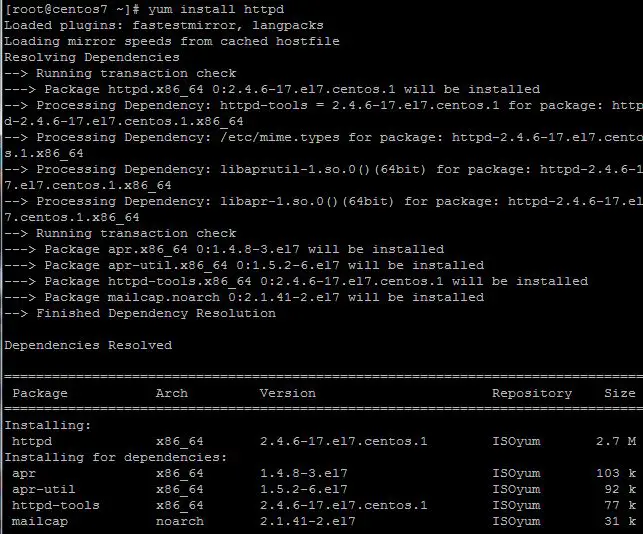

One advantage DNF has over APT is the ability to install RPMs that you've downloaded manually from the web. Like with performing a search, the command to install a program using APT or DNF is the same. Or sudo dnf search package Install Software If you want to search for a program with the name "package," simply type: sudo apt search package In this case, whether you're using APT or DNF, you only need to remember a single command, and it's one you could probably guess. In a graphical app, you can browse through available software, but in the command line, you must perform a text-based search instead. Let's say you want to install a program, but you don't know the exact name your distro uses for the package the program comes in. For this reason, the update and upgrade commands perform the same function, and you are free to use them interchangeably. Those three letters are short for "Dandified YUM."ĭNF checks for metadata automatically whenever you begin a system update or otherwise install software.

Software in Linux comes in different formats, and APT works with the DEB package format in particular.ĭNF is the default package manager in Fedora and Fedora-based distros such as Red Hat Enterprise Linux and CentOS. Since Ubuntu is the most popular Linux distro, and there are scores of distros based on Ubuntu, APT is the package manager many of us encounter first. It serves as the default package manager for Debian and, by extension, Debian-based Linux distributions like Ubuntu. If you're a complete newcomer, know that these two package managers are among the easier ones to learn, especially compared to the less intuitive Pacman package manager found in Arch Linux and other Arch-based distros.ĪPT is short for Advanced Package Tool. If you are already familiar with either one, you probably won't have a difficult time learning the other. APT and DNF have much in common and share similar syntax for many functions.


 0 kommentar(er)
0 kommentar(er)
